In this final installment of the Age-Related Training Goals for Young Athletes series, we look at the fundamental movement skills that are the basis for all sports and activities. To reach the mature stage of the fundamental movement skills, expert instruction is necessary. With a solid foundation of sensory awareness skills and coordination, teaching these skills at an opportune age becomes much easier.
As soon as children begin to move, grasp things, or stabilize themselves while sitting upright, they are practicing rudimentary version of the fundamental movement skills. Our job as coaches during the early years is to introduce these skills and create an environment where kids have an opportunity to practice and refine them.
The fundamental movement skills consist of 3 main categories:
1) Stationary Movement Control
2) Locomotion
3) Gross Motor Manipulative Skills
Stationary Movement Control: refers to the ability to maintain control of the center of mass in a stationary position. Key components include at least one part of the body remains in contact with the ground, while moving the limbs or shifting the center of mass (such as transferring weight, twisting, bending, squatting, extending or flexing). Examples include calisthenic exercises like squats and push-ups, in addition to others.
Locomotion: refers to movements where the body is transported in a horizontal or vertical plane, from point A to point B. Examples include activities like skipping, running, and crawling, in addition to others.
Gross Motor Manipulative Skills: These skills involve generating or absorbing force from objects. Throwing, catching, kicking, trapping, and striking are examples.
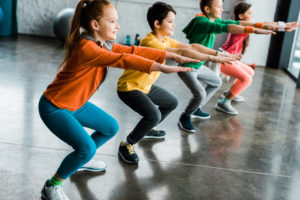
Fundamental movement skills should be introduced early in development, with the ages between 6 and 8 representing an important time for these skills to be introduced, practiced, and refined.
There are three developmental learning levels for acquiring physical skills. The primary, elementary, and mature stages. These stages are approximate periods where biological systems are generally developing. However, the rate and extent of development vary widely among individuals.
The primary stage (2 – 3 years old) marks the first deliberate attempts at crude approximations of fundamental movements. Movements may be over-exaggerated or inhibited, and there is no sense of rhythm or coordination. Fundamental movement at these ages should be the result of kids naturally interacting with their environment.
The elementary stage (3 – 5 years old) is marked by a more, rhythmic, coordinated movement pattern, but still lacks fluidity and appears awkward. This stage is reached primarily by default through maturation. Without instruction however, children cannot progress out of this awkward movement stage.
The mature stage (6 – 7 years old) is marked by the smooth integration of the various aspects of a fundamental movement skill.
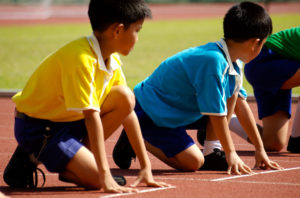 Generally by 6 years old, neural connections to major muscles are complete, but neural innervation to the smaller muscles aren’t. The result is that gross motor skills develop before fine motor skills. By the age of 8, myelination (insulation of nerve fibers) allows for faster, smoother transmission of information throughout the nervous system. Movement that has been learned can become smoother and more refined.
Generally by 6 years old, neural connections to major muscles are complete, but neural innervation to the smaller muscles aren’t. The result is that gross motor skills develop before fine motor skills. By the age of 8, myelination (insulation of nerve fibers) allows for faster, smoother transmission of information throughout the nervous system. Movement that has been learned can become smoother and more refined.
As you can see, the ages between 6 and 8 years represent an important opportunity for children to practice and refine fundamental movement skills. In order to reach this mature stage, however, instruction is required. During this phase of development, the technical aspects of fundamental movement skills can be introduced and practiced.
From 7 to 13 years old, children have a developmental opportunity to build and refine the basic fundamental framework already in place. This can only occur, however, when an instructor follows a logical progression to make movements more challenging.
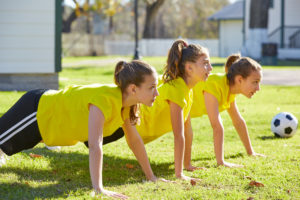
Since the point of learning the fundamental movement skills is for children to be able to apply them to a variety of physical activities, these skills should progress toward the complexity required for these activities.
Combining movements, for example, running to a lunge, squatting to a jump, or running while catching further molds these skills to be useable in sports and other physical activities.
As children are able to effectively combine and transition fundamental movement skills, usually around age 7, introducing sports and other complex activities becomes a logical progression. In order for kids to have the greatest opportunity to enjoy physical activities, it is important they continue to develop to the mature stage of fundamental movement skills.
When they don’t have an opportunity to develop basic skills at a young age, they can develop what’s known as a proficiency barrier. This suggests that regardless of natural ability, the void of skill development will eventually limit their performance.
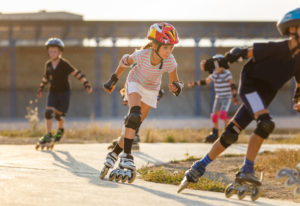 When a child reaches the middle school years (11 to 14 years of age), hopefully they have been participating in different sports and physical activities. At this point they are becoming aware of the ones they enjoy and are the most physically suited for. With this information, young athletes can start to refine their physical skills to meet the needs of these specific sports or activities.
When a child reaches the middle school years (11 to 14 years of age), hopefully they have been participating in different sports and physical activities. At this point they are becoming aware of the ones they enjoy and are the most physically suited for. With this information, young athletes can start to refine their physical skills to meet the needs of these specific sports or activities.
It’s important to note, continuing to participate in a variety of activities throughout development offers a distinct advantage to long term health and performance.
This phase of development can become complicated by possible temporary coordination deficits from the growth spurt sparked by puberty. Hormones surge, body proportions change, and joint range of motion can temporarily decrease.
If flexibility and mobility are maintained and the fundamental skills have been developed properly up to this point, the transition through the growth spurt will be less intrusive. In fact, the added muscle mass, strength, and height that ensues can result in vast improvements in complex skill development and successful application to sports and other activities.
Once young athletes have built a foundation of basic skills and have an interest in refining them for sports or other activities, a higher degree of specialization makes sense throughout and after puberty. For most young athletes, this is during the high school years where life’s “next” steps are a consideration.
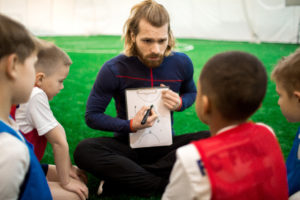 If physical development has followed the timeline outlined in this series, young athletes will have the tools to pursue high level sports (college and beyond) or even more importantly, a highly active lifestyle. As a coach for athletes at this age, our job becomes evaluating their future goals, assessing their developmental gaps, and continuing to build the tools they will need for an active and athletic future.
If physical development has followed the timeline outlined in this series, young athletes will have the tools to pursue high level sports (college and beyond) or even more importantly, a highly active lifestyle. As a coach for athletes at this age, our job becomes evaluating their future goals, assessing their developmental gaps, and continuing to build the tools they will need for an active and athletic future.
By understanding the opportunities presented by different phases of development, coaches can maximize success while minimizing frustration with their young athletes. The more young athletes enjoy and have a positive experience with physical activity, the more likely they will become active, happy, and healthy for a lifetime.
To learn more about how to help children enjoy the process of learning new skills, take SPIDERfit Kids’ online course, Powerful Play®- The Foundations of Fitness and Physical Literacy and earn CEC’s! Learn more HERE!
Brett Klika CEO and co-founder of SPIDERfit is an international award- winning certified strength and conditioning coach, author, and motivational speaker with over 20 years experience motivating and inspiring youngsters to a life of health, fitness, and performance.
Brett consults with schools, athletic organizations, fitness professionals, and fortune 500 companies around the world.

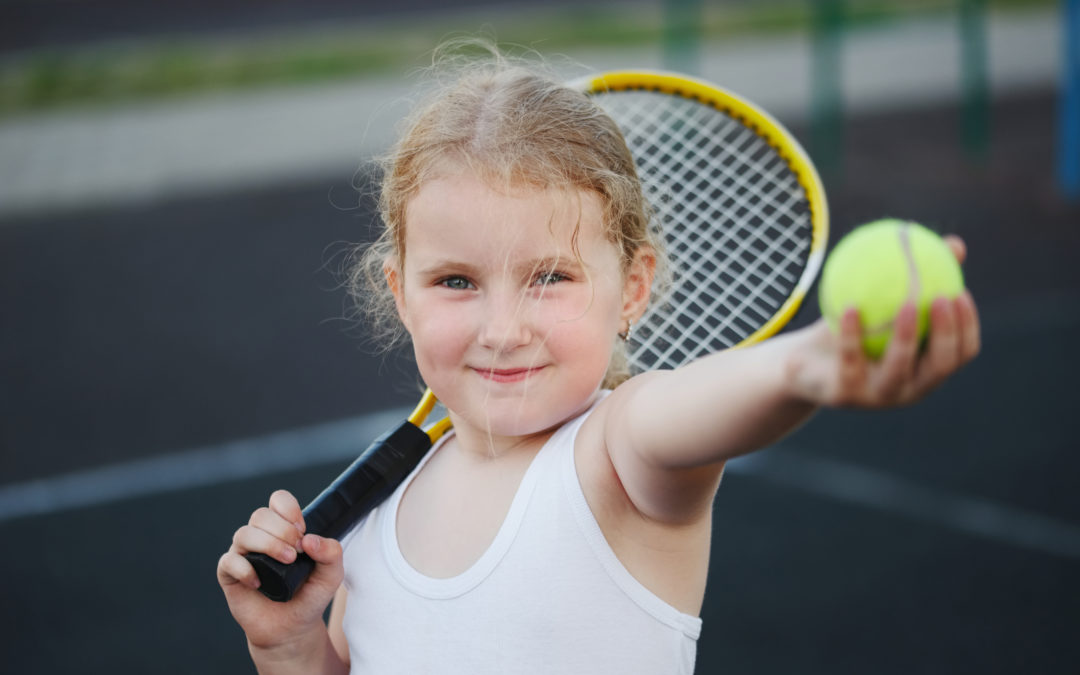



Connect with SPIDERfit!